CHARLIE CHAPLIN. In the End, Everything is a Gag, Vol. 2

Also read Vol. 1.
…from Mack Sennett in exchange for staying with the artists working for Keystone Studios, the director stated that he was not willing to continue working with the comedian for that amount. In reality, money wasn’t the only reason Chaplin decided to look for a new employer. Tabloid press had long been reporting that relations between him and the studio head were not going well.
Sennett significantly limited Chaplin’s artistic ambitions, as Chaplin attempted to give his productions a character distinct from other films bearing the Keystone logo. The conflict wasn’t only at the script level but also in the development of characters, including the iconic Tramp. Sennett disliked Chaplin expanding his stories and giving his characters dramatic and melodramatic traits. For Sennett, comedy was a space where there was no room for deeper reflection. Chaplin, however, wanted to move in a completely different direction.
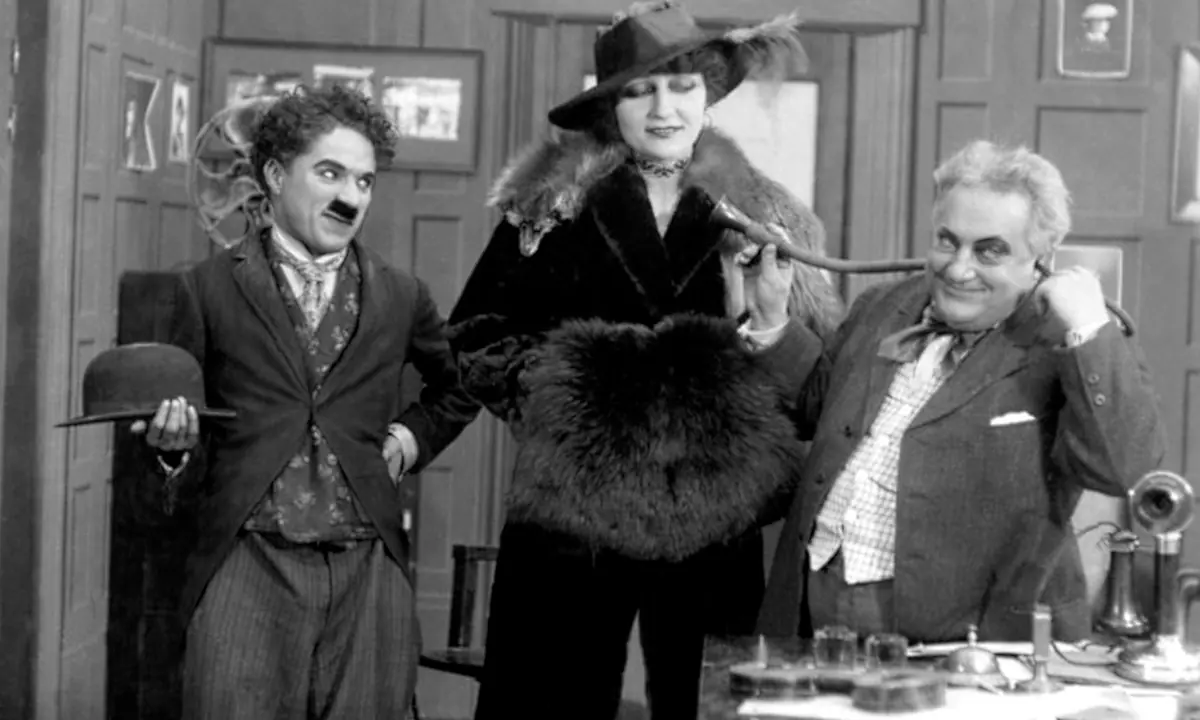
Upon hearing that Keystone had let go of Chaplin, Chicago-based Essanay Studios quickly reacted, offering the Brit ten thousand dollars in exchange for signing a contract with a weekly salary of $1,250—equivalent to about thirty thousand dollars today. What’s more, during the negotiations leading up to the contract’s signing in December, Chaplin secured far more artistic freedom than he could have ever dreamed of under Sennett’s supervision. The first film for his new studio was ready two months later, in February 1915, with a rather telling title—His New Job. The film’s action took place at the fictional Jodstone Studio, and the plot revolved around Charlie, who drives the melodrama director mad to the point where the director focuses more on getting rid of the overeager actor than coordinating work on his film. The similarity to the Chaplin-Sennett relationship, of course, is purely coincidental.
In the first phase of his collaboration with Essanay, Chaplin worked in Chicago, though he didn’t particularly like the city. However, his short stay by Lake Michigan led him to meet actors who, like Chaplin, came from the music hall stage. Among them were Leo White and Bud Jamison, who would later appear in many of Chaplin’s productions. After relocating to California, Chaplin met Edna Purviance in a city café and, struck by her unusual beauty, offered her a role in his second film for Essanay—A Night Out. Their infatuation went beyond the confines of celluloid, as Purviance and Chaplin remained a couple for the next three years. She appeared in more than thirty of his films, mainly playing the role of the main character’s love interest.
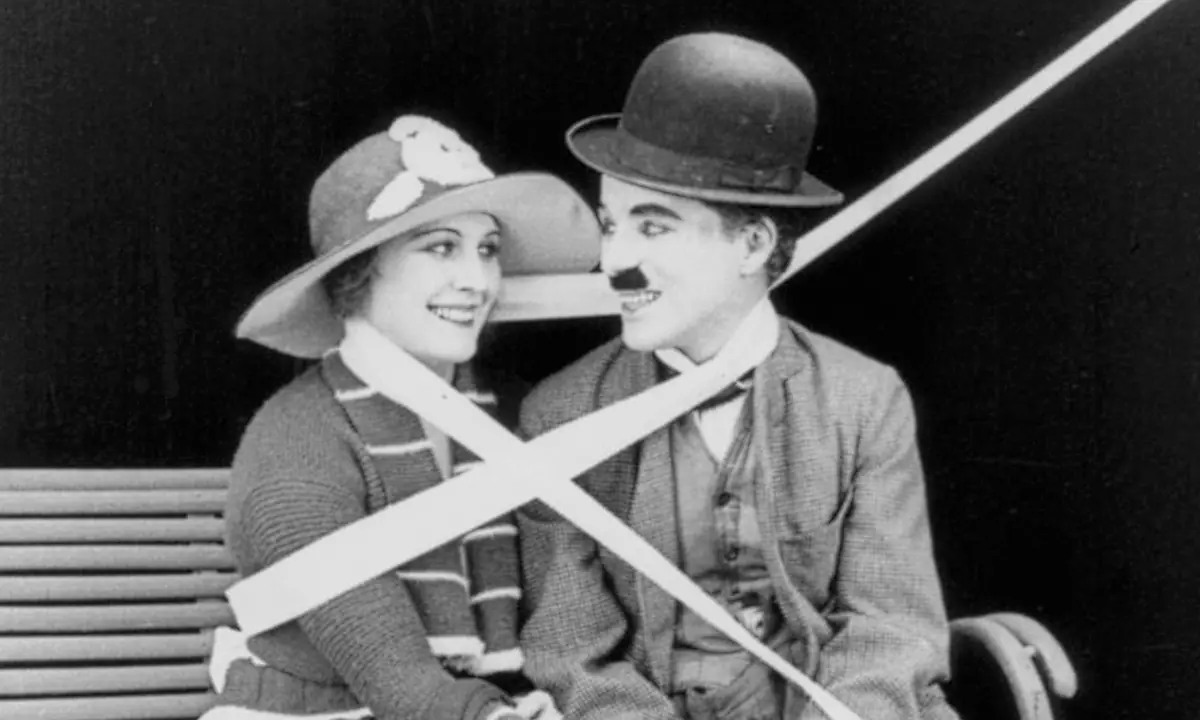
Between December 1914 and February 1916, during his collaboration with Essanay, Chaplin made fourteen films. Compared to the more than forty productions he created for Keystone in a similar timeframe, this marked a significant change in his work rhythm. Thanks to the considerable independence he had secured when signing the contract, many of Chaplin’s biographers note that this year was crucial in his development as a fully formed artist. The themes that appeared in his Essanay films would accompany Chaplin throughout his career.
It was at Essanay that the Tramp character fully took shape. Unlike other comedic heroes of his time, the Tramp was not only a machine for producing more or less successful gags but also a carrier of significant amounts of melancholy and lyricism. Starting with his sixth film for the studio, The Tramp, Chaplin began to revolutionize the genre, which many saw as mindless entertainment for the uneducated masses. In this film, probably for the first time in comedy history, there was a sad, reflective ending—a motif that would accompany many of the Tramp’s future adventures, a character condemned to eternal wandering.
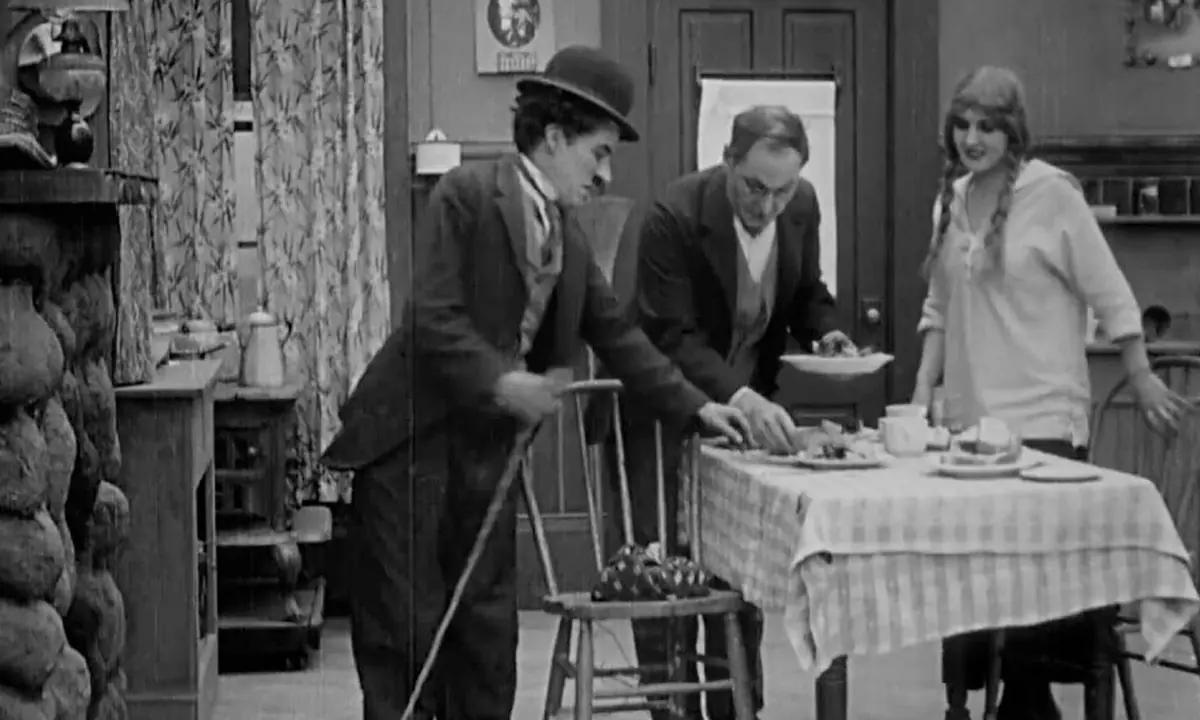
Contrary to the predictions of his former mentors, this shift proved incredibly appealing to audiences, who were growing weary of pies smashing into the faces of men in uniforms and tuxedos. During his time with Essanay, Chaplin’s popularity grew to such an extent that he became something of a pop culture phenomenon. It’s no wonder that by February 1916, at the end of his contract with the studio, Chaplin was demanding much, much more from his next employer.
The Birth of a Star
Offers of collaboration came from Universal, Fox, and Vitagraph, among others, but the most generous offer came from Mutual Film, which proposed a salary of $670,000 per year (equivalent to about eighteen million dollars today). While such a sum might not impress us now, it’s important to remember that in 1916, cinema was only twenty-one years old, and many people still saw it as nothing more than a circus trick. The comedian’s salary electrified public opinion, becoming one of the main topics in sensational news columns. However, Mutual’s director, John R. Freuler, argued that given Chaplin’s popularity, such a sum was nothing extraordinary and that the studio would recoup the money many times over through their partnership. For Chaplin’s needs, the studio modernized and gave him exclusive access to a studio equipped with all the props and facilities necessary to make his films. He was also granted full control over every stage of the filmmaking process, from concept to script to final editing.
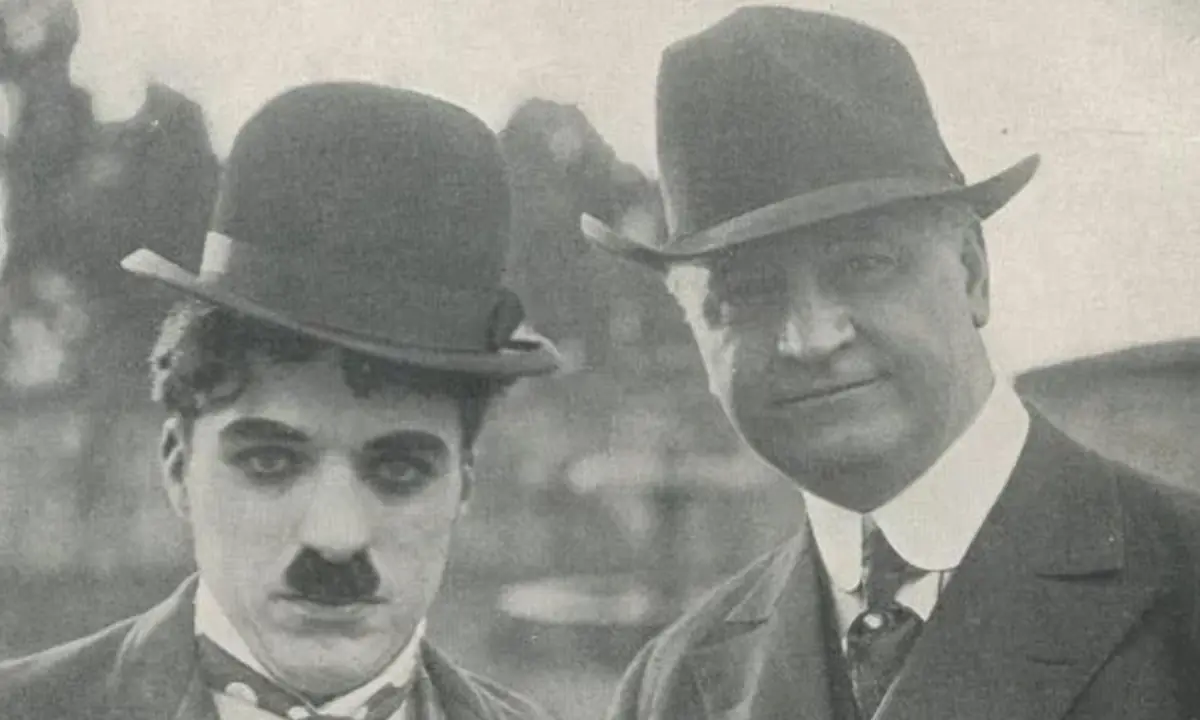
Chaplin committed to delivering a finished film every four weeks, each about twenty to thirty minutes long. Initially, he met this obligation, but the great artistic freedom and excellent production facilities allowed Chaplin to experiment on set, continuously modify scripts, discard footage he didn’t like, and reshoot scenes. This approach allowed him to fulfill his ambitions but also impacted the studio’s finances. Most of the films Chaplin made for Mutual in 1916 were completed within the contracted time. However, after New Year’s Eve, Chaplin realized that four weeks was far too little time to properly shape a film. Moreover, he began to feel that his productions were becoming formulaic, relying on similar patterns, so he sought change.
Mutual, which had made him the highest-paid comedian in the world, was patient with his demands and didn’t impose any consequences when, by October 1917, at the end of the contract, Chaplin had made only four films—Easy Street, The Cure, The Immigrant, and The Adventurer. Time has shown that John R. Freuler’s patience was well worth it, as many critics and Chaplin scholars consider these last four films for Mutual to be among the best short films of his career.
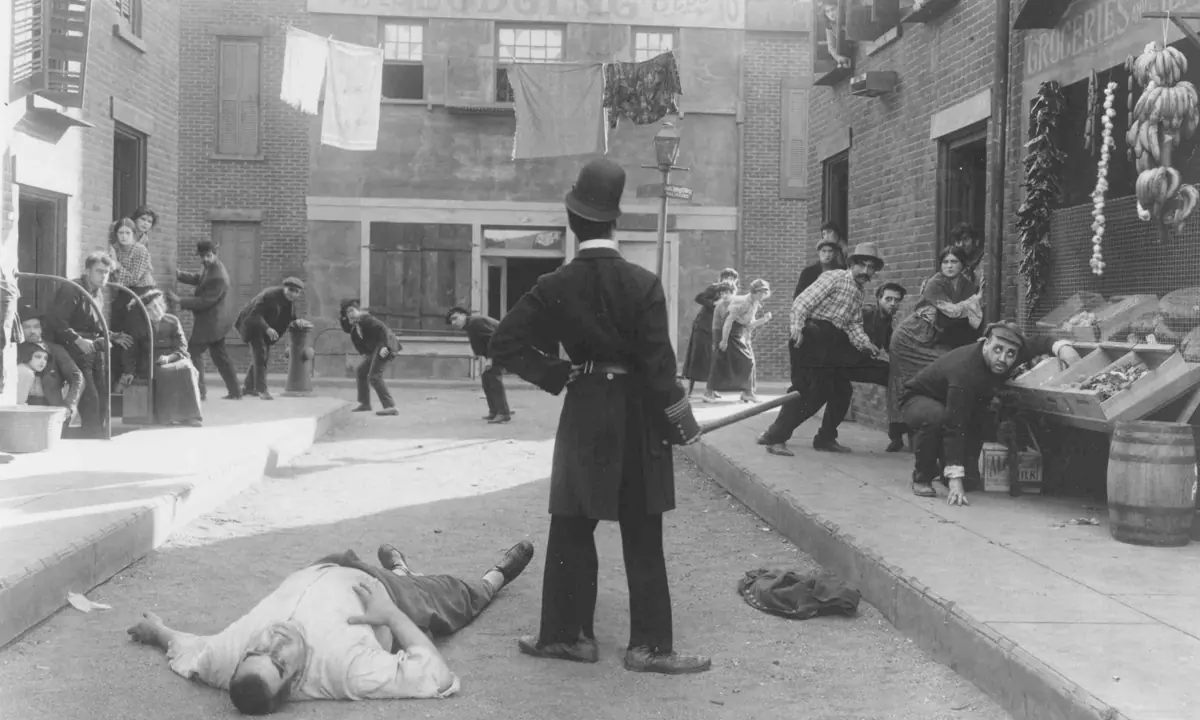
In Easy Street, Chaplin revisits his unhappy childhood, recreating a London street in a California studio—a street that was home during his upbringing alongside his brother and ailing mother. In The Immigrant, for the first time in cinema history, he openly expressed disillusionment with the American Dream that filled the minds of every person crossing the ocean in search of a better life. Despite a noticeable dose of melancholy and sensitivity to social issues, Chaplin’s films remained comedies, contrasting seriousness and sadness with gags that often touched on topics one wouldn’t discuss in polite company. This was the magic of Chaplin’s cinema—addressing important, painful issues while stripping them of excessive pathos or fatalism and viewing them with a smile and distance.
Chasing Independence
Mutual treated Chaplin with patience and goodwill, but after the contract ended, they were not interested in extending their collaboration. Once again, Chaplin sought an employer who would offer not only significantly better financial terms but also creative freedom, allowing him to control every stage of the filmmaking process, including the time needed for production. It was at this point that First National entered the picture. Formed to counter the growing influence of Paramount Pictures, the group’s founder, Thomas L. Tally, united several hundred theaters, forming a company with the means to produce and distribute its own films, thus breaking the monopoly of the major studios. Thanks to a contract with First National, Chaplin became the first filmmaker in cinema history to sign a contract worth one million dollars, although it’s worth noting that shortly after, Mary Pickford, then at the height of her fame, signed an almost identical contract with First National.
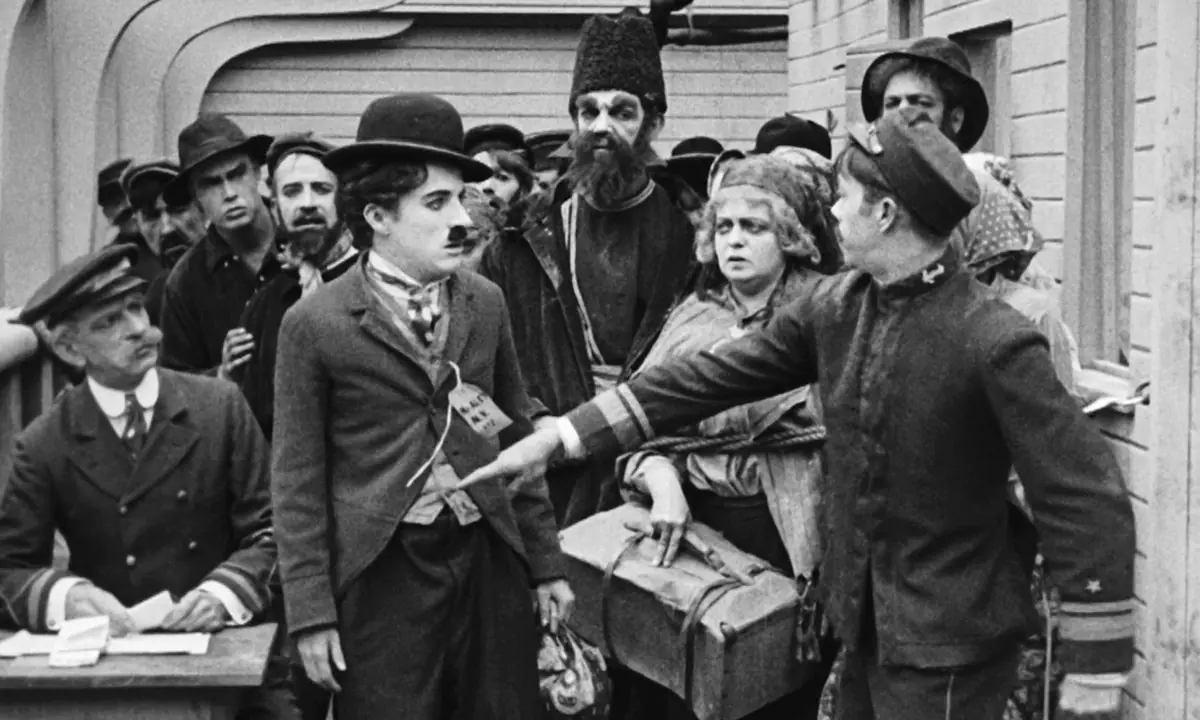
Before starting work on his new films, Chaplin built his own studio on the iconic Sunset Boulevard in Los Angeles. While the building was styled to resemble an English countryside home, its interiors contained everything a filmmaker of that era could dream of. Chaplin only needed First National’s money, and there was no shortage of that. His first film for the new employer was A Dog’s Life, telling the story of a stray dog that changes the life of a poor Tramp and a music hall singer (Edna Purviance). The production was, of course, a hit, winning the hearts and wallets of both audiences and critics.
Immediately after completing the film, Chaplin became involved in promoting war bonds issued by the government to support military efforts on the fronts of World War I. This was important to him because his rise to fame coincided with the ongoing global conflict, and many accused him of avoiding military duty. Chaplin claimed to have volunteered for the army, but they declined to enlist him. His involvement in military and political matters led him to privately finance and produce the film The Bond in his studio. Distributed by First National, it encouraged the purchase of war bonds. The theme of war also appeared in his next film, Shoulder Arms, the first in history to approach World War I with not just pathos or propaganda but also humor.
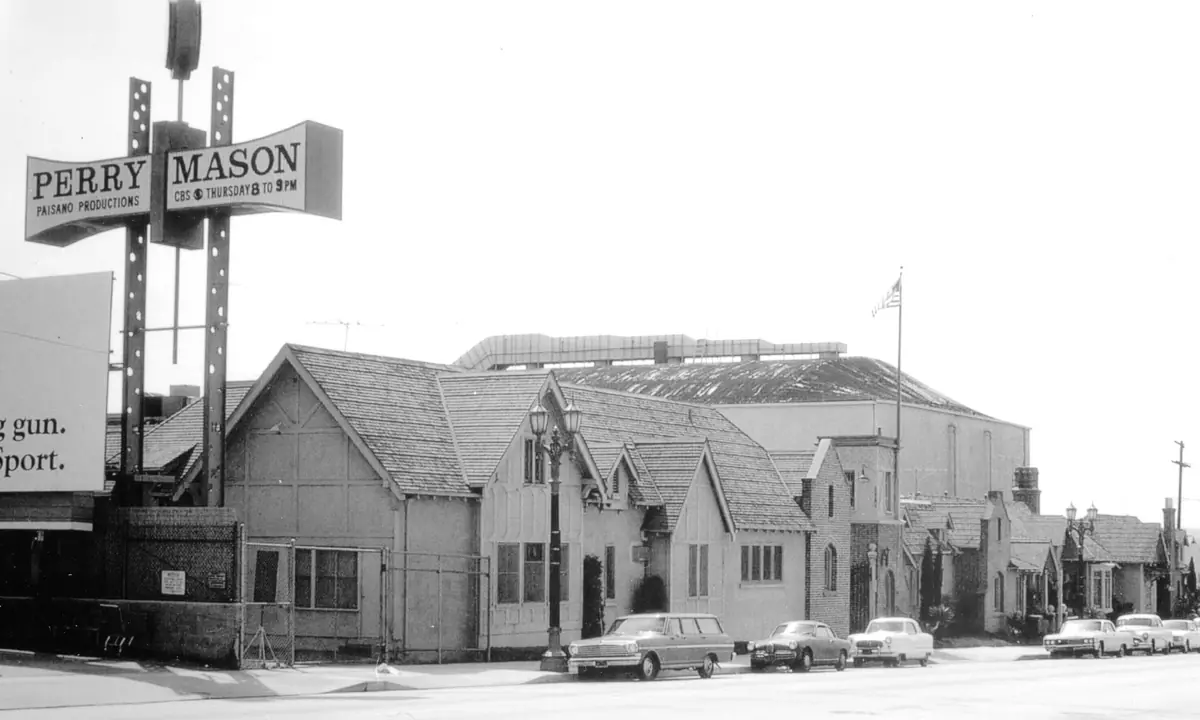
Given that Shoulder Arms became the biggest commercial success of all Chaplin’s films to date, the creator began making new demands of First National. As always, he wanted more time and money, which the company’s financial decision-makers were unwilling to agree to. Chaplin’s frustrations were understood by other major stars, leading to an idea in 1918 that took legal form the following year. In 1919, Charlie Chaplin, Douglas Fairbanks, Mary Pickford, D.W. Griffith, and lawyer William Gibbs McAdoo founded United Artists. The studio aimed to allow filmmakers to produce films without pressure from producers. However, Chaplin initially couldn’t create for his own company due to his ongoing contract with First National, which even tried unsuccessfully to buy him out.
Before signing the document that officially created United Artists, Chaplin signed another—his marriage license. His bride was seventeen-year-old Mildred Harris, who believed she was walking down the aisle in a state of pregnancy. Reality proved otherwise, but shortly after the wedding, Harris did indeed become pregnant. The child was born on July 7, 1919, but its body was severely deformed, leading to its death just three days after birth. This tragic experience left a lasting mark on an already struggling marriage. The couple divorced in 1920. The press speculated about Chaplin physically abusing his wife, but she denied these claims, stating that if there was any abuse, it was only psychological. Chaplin, on the other hand, accused Harris of infidelity, and many believed she had a romantic relationship with Russian immigrant actress Alla Nazimova. The passage of time hasn’t clarified much on this matter, but it’s hard not to feel that Chaplin and Harris’s marriage was merely a consequence of the presumed pregnancy of the young actress.
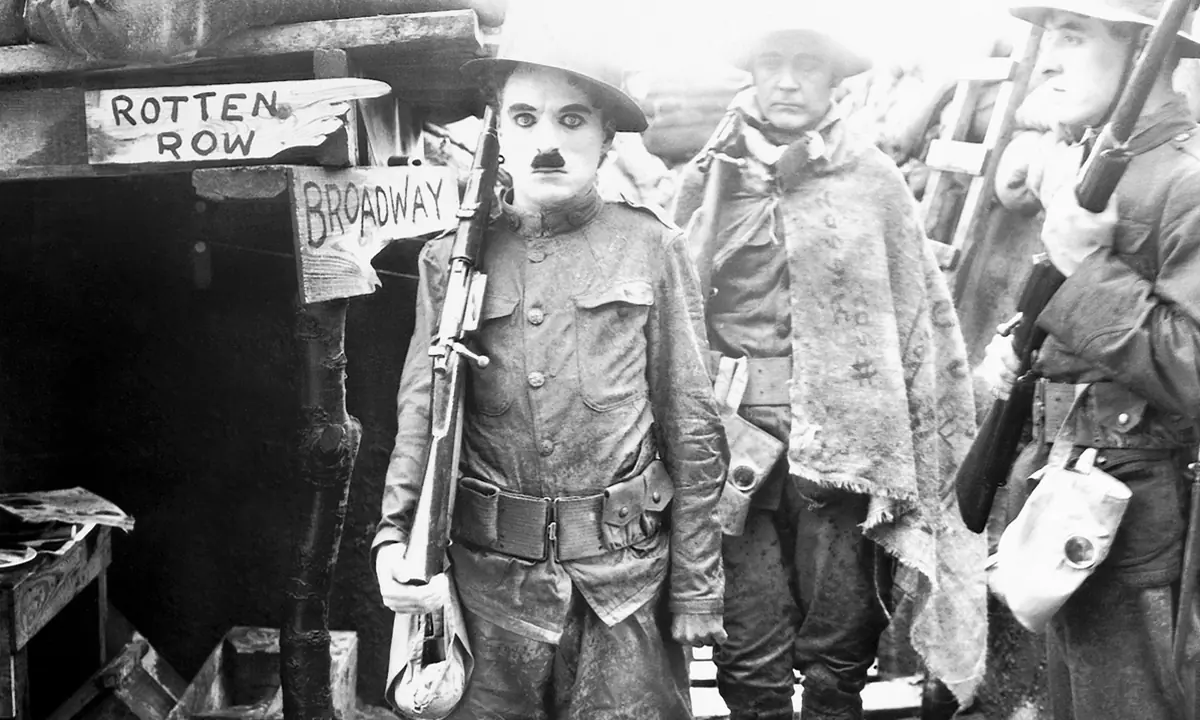
The Kid (1921)
A month after the death of Chaplin’s son, filming began on his most famous movie for First National and one of the most recognizable works of his entire career—The Kid. Jackie Coogan was cast in the title role, having also appeared in A Day’s Pleasure, a film Chaplin quickly made to appease the studio, allowing him to extend the time spent working on The Kid. However, First National soon began demanding another film, as Chaplin hadn’t delivered anything new for several months following the release of A Day’s Pleasure. Studio representatives even visited Chaplin’s California studio, where, after viewing the footage and hearing the filmmakers’ future plans, they allowed them to continue working. Ultimately, it took nine months to complete The Kid, which, by the standards of the time, was an exceptionally long period. Equally unusual for Chaplin’s cinema was the film’s length, which ran for sixty-eight minutes. None of this prevented it from becoming an international success, screened in over fifty countries by 1924.
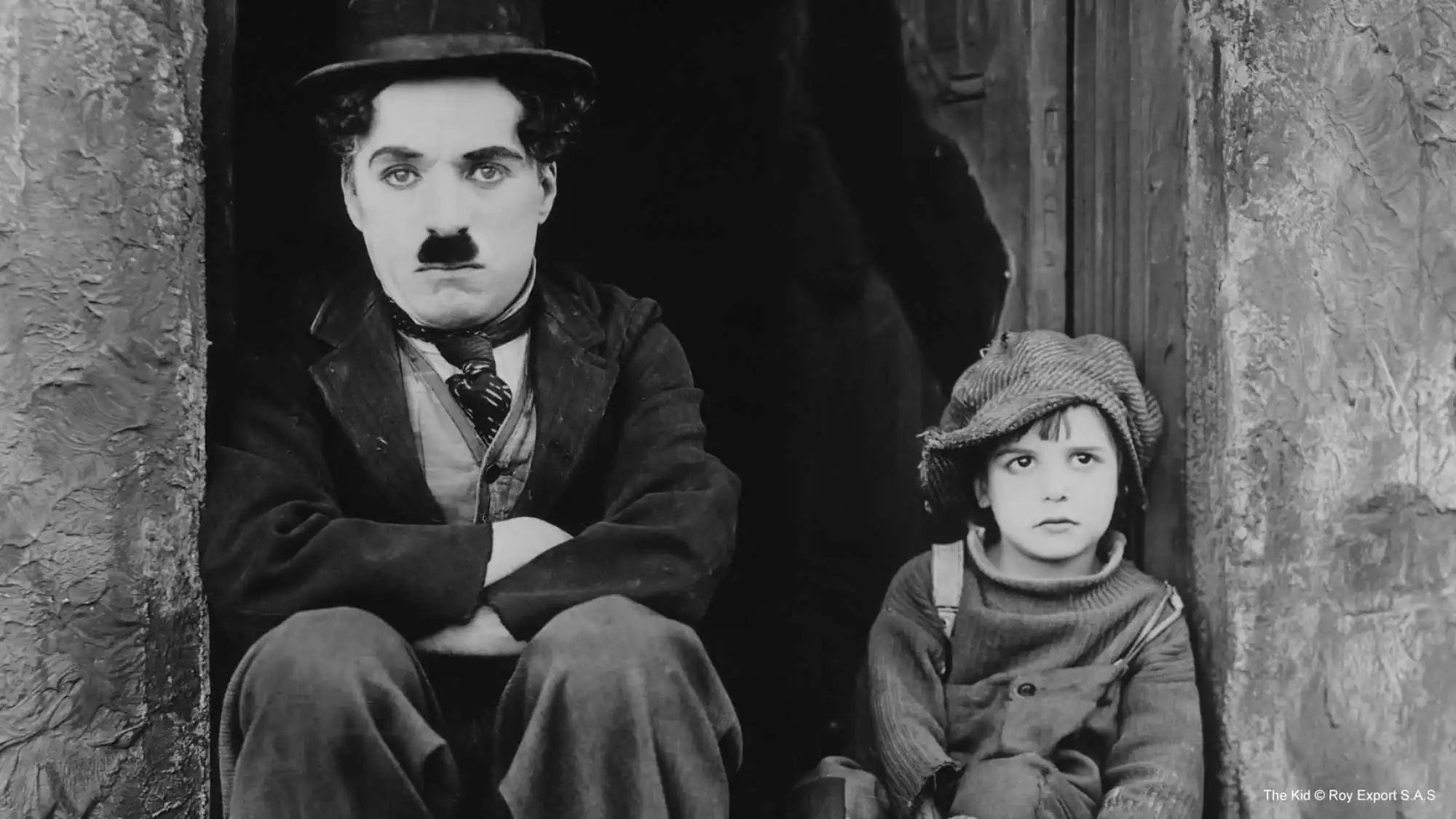
The Kid is certainly not Chaplin’s best film, though it’s often listed alongside his greatest works. Much of its acclaim can be attributed to Jackie Coogan’s performance. At just six years old, he delivered a portrayal that remains one of the best child performances in cinema history. Another reason for the film’s significance is that The Kid is Chaplin’s first film that, by today’s standards, can be considered feature-length. After its release, the structure of cinematic comedy underwent significant changes. Even Chaplin’s greatest rivals, Buster Keaton and Harold Lloyd, began to abandon shorter forms in favor of developing their stories into full-fledged narratives.
As for The Kid itself, the film’s length does show its impact. The humorous elements that interrupt the melodramatic threads of the tragic relationship between a mother and her lost child still bring a smile, as Chaplin was a master in that area. However, the serious elements, veering into cheap sentimentality, attempt too overtly to evoke tears from the audience. Nevertheless, The Kid marks a turning point in Chaplin’s career. From its release, his films would clearly shift toward the direction hinted at in previous works. Chaplin would not only entertain but also move and comment on the reality surrounding him.
To be continued in Vol. 3.

